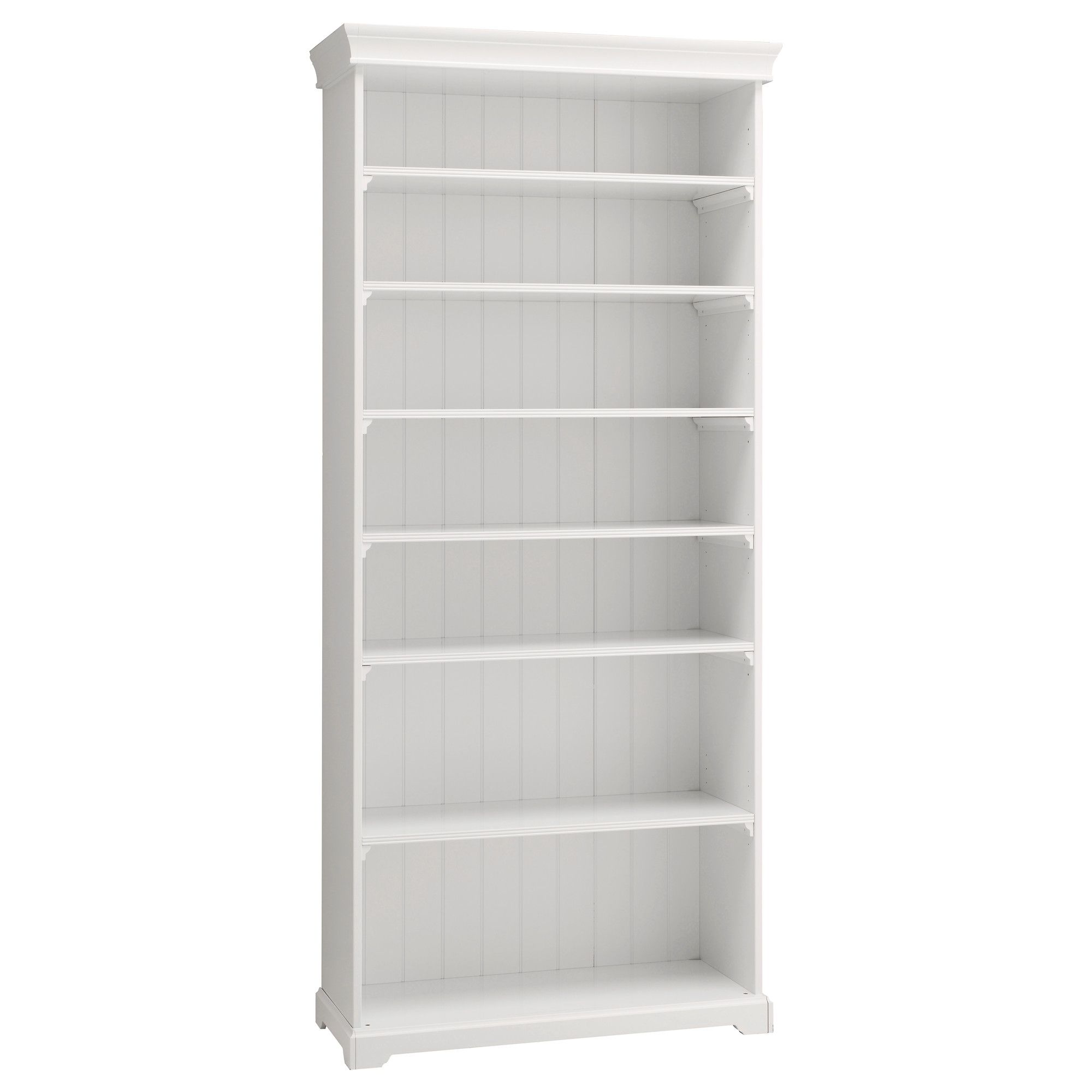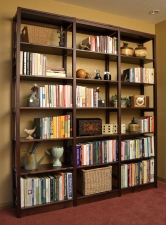
Illustration by Gregory Nemec How Do You Make a Strong Bookshelf?įor the strongest frame, we used oak plywood and doubled its thickness for the bookcase sides, or legs, by gluing and nailing plywood shelf supports onto longer boards. For these, it’s best to use a clear finish and let the beauty of the wood shine through. But there are also special-order lumberyards that make veneer plywood from any kind of wood, including mahogany, teak, cherry, or walnut. Birch is the best wood to use if you plan to paint your bookcase, and maple lends itself to a variety of stains. Most lumberyards stock the basics: birch, maple, and oak veneer plywoods. Plywood that has a hardwood veneer is not only less expensive but in many cases stronger than solid softwoods like pine. But sawn lumber is expensive - enough oak for a 8-foot bookcase, for example, could run into thousands of dollars. Traditionally, built-in bookcases are made with solid wood boards, carefully routed to make tight grooves that accept each shelf. What Kind of Wood Should I Use to Make a Bookshelf? Some solid-wood trim covering all the plywood edges hides your clever trickery, leaving you with a piece of furniture worthy of a great library.

By laminating a series of short support pieces to a longer strip of wood you can create the appearance of thick boards that have been routed to accept shelves.

All it takes, essentially, is some sturdy veneer plywood and a circular saw.
#BOOKSHELF 2 FEET DEEP FULL#
If your books and photographs are still displayed on a couple of boards held up by a pile of bricks, here’s some good news: It doesn’t require a master carpenter, a workshop full of tools, and thousands of dollars to add built-in bookcases to your home.


 0 kommentar(er)
0 kommentar(er)
